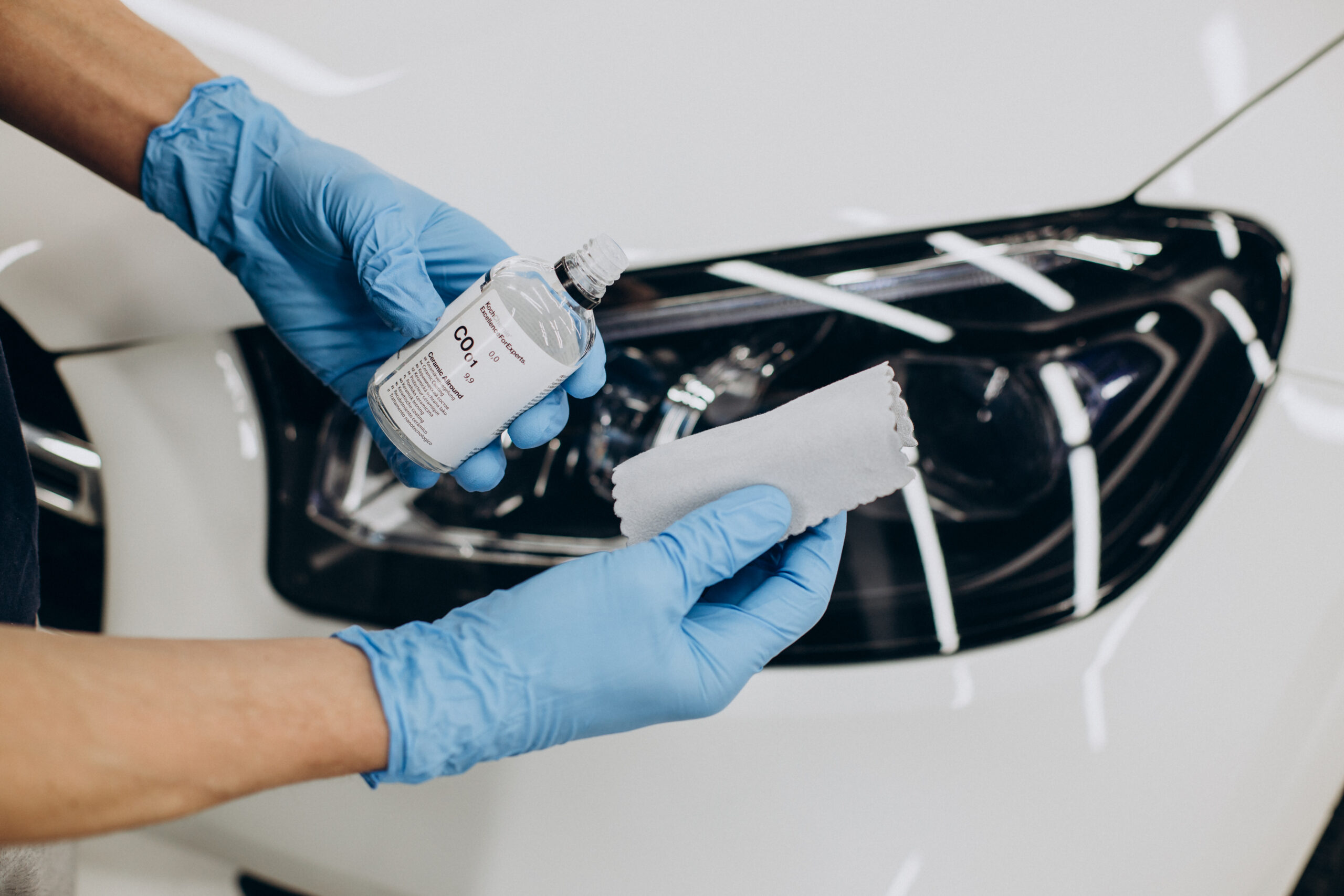When it comes to maintaining the appearance of your vehicle, window tint can be a fantastic addition. It not only enhances your car’s aesthetics but also provides protection from the sun’s harsh rays. However, when the time comes to remove old tint, dealing with the stubborn tint glue residue can be a challenge. If you find yourself searching your garage for a solution, you might stumble upon a can of WD-40. This versatile lubricant has earned a reputation for its multitude of household uses, and one of them happens to be removing tint glue. In this article, we’ll explore how WD 40 can help you tackle this task effectively and safely.
Yes, It Does!
WD 40 Multi-Purpose Rust Remover is a widely acclaimed lubricant with numerous household applications. While its primary purpose is to combat rust, it’s also a handy solution for removing tint glue from glass surfaces.
Removing tint glue with WD 40 is straightforward. Here’s how you can do it:
- Spray WD 40 onto the glued area.
- Let it sit for about a minute to penetrate the glue.
- Finally, use a soft cloth to gently scrape off the glue.
Notably, WD 40 is effective on various adhesive types, including super glue, and it’s safe for use on materials like plastic, wood, aluminum, steel, leather, glass, and paint.
Surfaces On Which WD 40 Can Be Used
According to the manufacturer, WD 40 is safe for use on a wide range of surfaces:
- Wood
- Plastic
- Rubber
- Metal
- Painted surfaces (without causing harm to the paint)
However, it’s best to avoid using WD 40 on polycarbonate and polystyrene plastic surfaces. Additionally, WD 40 is acid-free, non-flammable, non-corrosive, non-abrasive, and has a low odor.
5 Essential Uses Of WD 40 Multi-Use Product
WD 40 offers a range of practical applications:
- Lubrication for moving mechanical parts.
- Penetration to loosen rust bonds on metal parts.
- Protection against corrosion and rust on metal surfaces.
- Removal of dirt, dust, and grease from tools, equipment, and car parts.
- Moisture removal from tools and surfaces, especially electrical circuits.
Frequently Asked Questions
1. Can WD 40 harm my car’s glass when removing tint glue?
Answer: No, WD 40 is a safe option for removing tint glue from car windows. It won’t harm the glass, making it a reliable choice for this task.
2. Is WD 40 the only product I can use to remove tint glue?
Answer: While WD 40 is an effective option, there are other products like Goo Gone, rubbing alcohol, and even soapy water that can also help remove tint glue from windows. The choice depends on what you have readily available.
3. Can I use WD 40 to remove tint glue from surfaces other than glass?
Answer: Yes, WD 40 is versatile and can be used on various materials, including plastic, wood, aluminum, steel, leather, and painted surfaces. However, it should be avoided on polycarbonate and polystyrene plastic surfaces.
Final Thoughts on WD-40 and Tint Glue
When it comes to removing tint glue, WD 40 is a safe and effective option. It’s easy to use and can leave your car’s windows looking great. So, if you have a can of WD 40 in your garage, don’t hesitate to use it for this purpose.
Remember that there are other methods and products like Goo Gone, rubbing alcohol, soap, water, or a hair dryer that can also help you remove tint glue if WD 40 isn’t available.
Amos Beaumont, who grew up in Asheville, North Carolina, has a real love for cars. Even though he didn’t go to college, his fascination with vehicles made him an authority on tinted windows. He runs a popular blog where this hip, self-educated hobbyist discusses the skill and advantages of tinting car windows.

